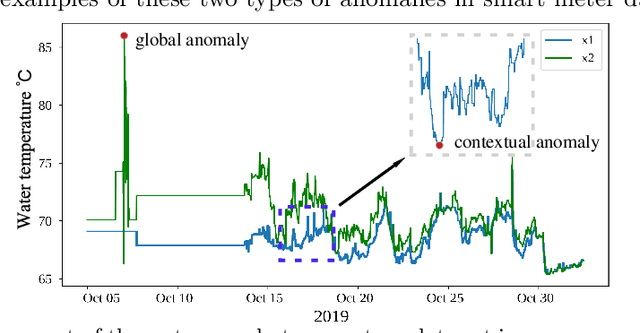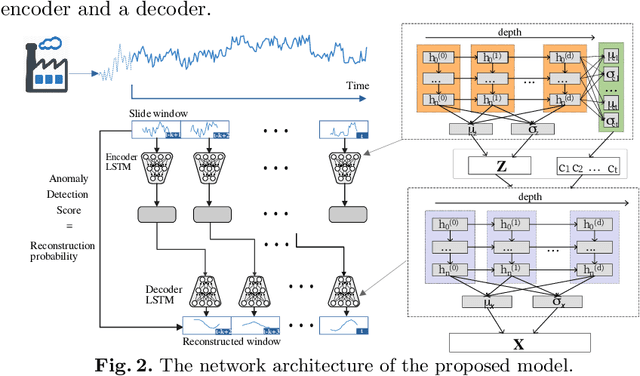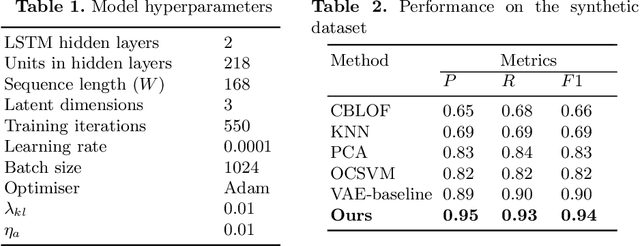Wenjing Dai
Face Inverse Rendering via Hierarchical Decoupling
Jan 17, 2023



Abstract:Previous face inverse rendering methods often require synthetic data with ground truth and/or professional equipment like a lighting stage. However, a model trained on synthetic data or using pre-defined lighting priors is typically unable to generalize well for real-world situations, due to the gap between synthetic data/lighting priors and real data. Furthermore, for common users, the professional equipment and skill make the task expensive and complex. In this paper, we propose a deep learning framework to disentangle face images in the wild into their corresponding albedo, normal, and lighting components. Specifically, a decomposition network is built with a hierarchical subdivision strategy, which takes image pairs captured from arbitrary viewpoints as input. In this way, our approach can greatly mitigate the pressure from data preparation, and significantly broaden the applicability of face inverse rendering. Extensive experiments are conducted to demonstrate the efficacy of our design, and show its superior performance in face relighting over other state-of-the-art alternatives. {Our code is available at \url{https://github.com/AutoHDR/HD-Net.git}}
Smart Meter Data Anomaly Detection using Variational Recurrent Autoencoders with Attention
Jun 08, 2022



Abstract:In the digitization of energy systems, sensors and smart meters are increasingly being used to monitor production, operation and demand. Detection of anomalies based on smart meter data is crucial to identify potential risks and unusual events at an early stage, which can serve as a reference for timely initiation of appropriate actions and improving management. However, smart meter data from energy systems often lack labels and contain noise and various patterns without distinctively cyclical. Meanwhile, the vague definition of anomalies in different energy scenarios and highly complex temporal correlations pose a great challenge for anomaly detection. Many traditional unsupervised anomaly detection algorithms such as cluster-based or distance-based models are not robust to noise and not fully exploit the temporal dependency in a time series as well as other dependencies amongst multiple variables (sensors). This paper proposes an unsupervised anomaly detection method based on a Variational Recurrent Autoencoder with attention mechanism. with "dirty" data from smart meters, our method pre-detects missing values and global anomalies to shrink their contribution while training. This paper makes a quantitative comparison with the VAE-based baseline approach and four other unsupervised learning methods, demonstrating its effectiveness and superiority. This paper further validates the proposed method by a real case study of detecting the anomalies of water supply temperature from an industrial heating plant.
 Add to Chrome
Add to Chrome Add to Firefox
Add to Firefox Add to Edge
Add to Edge